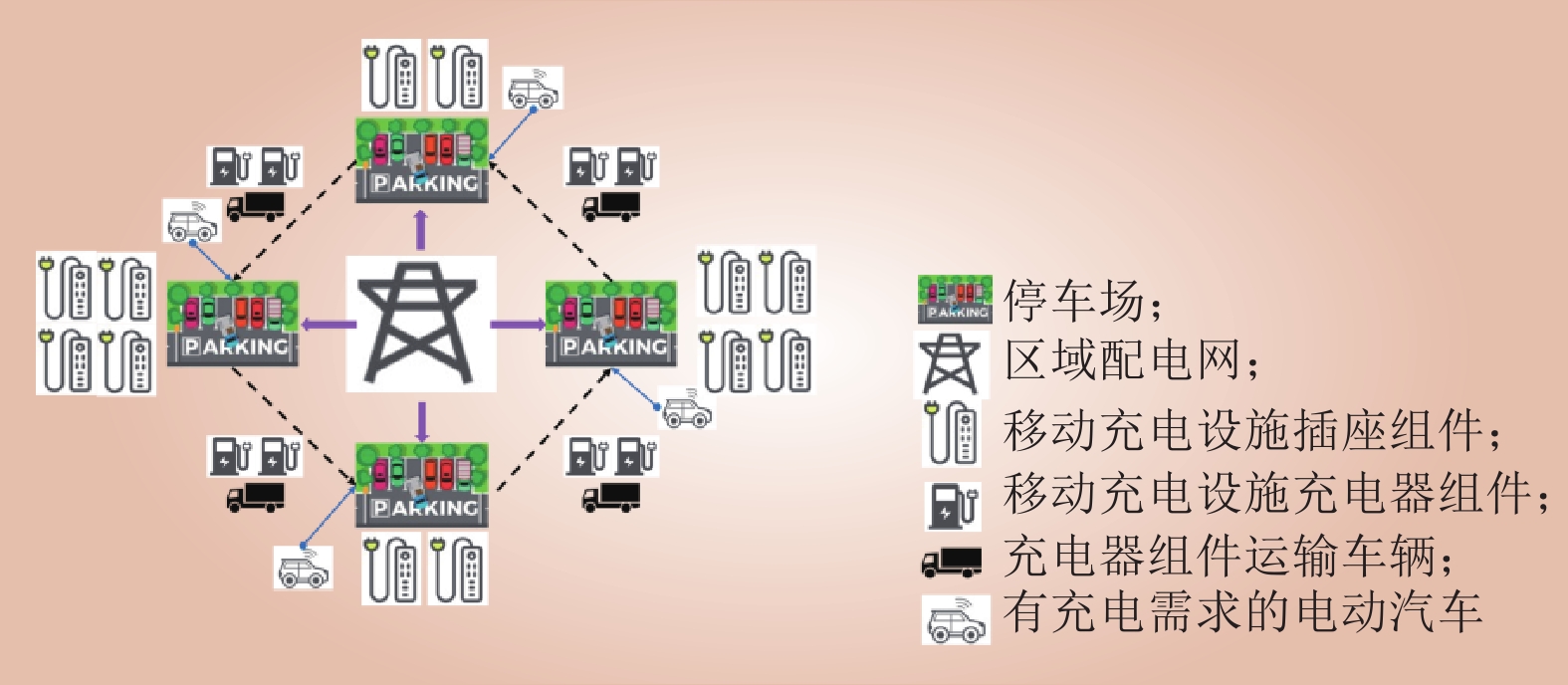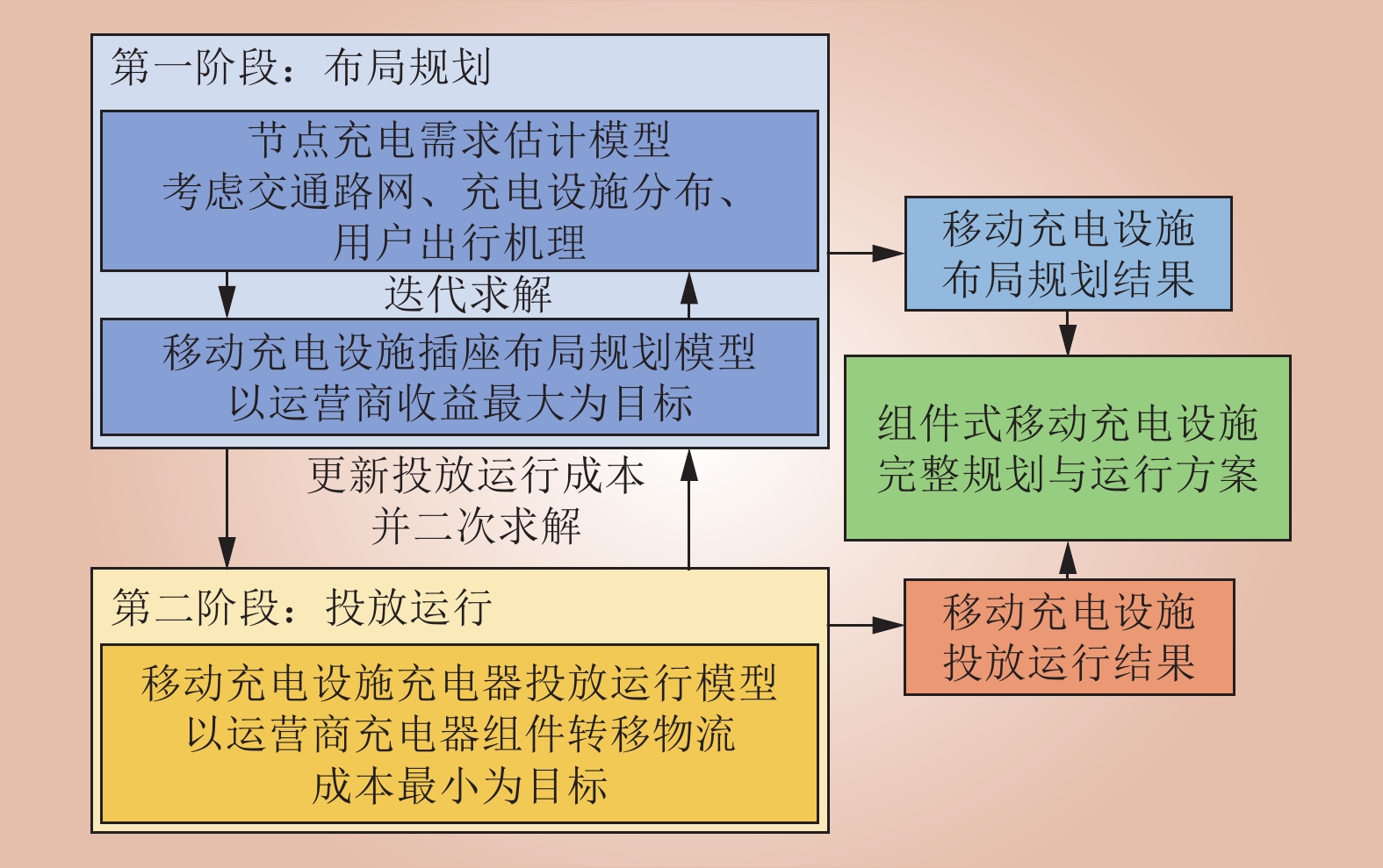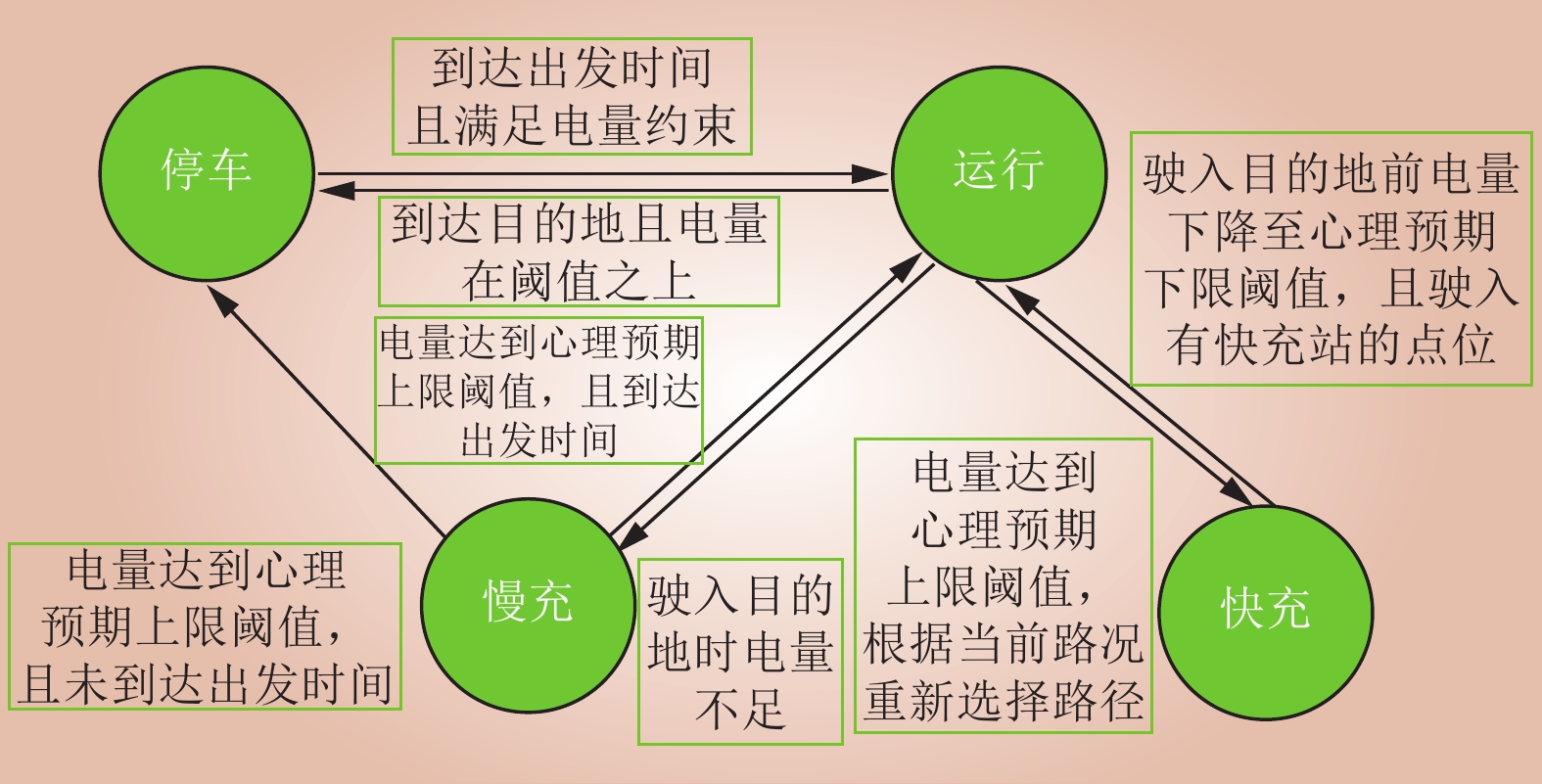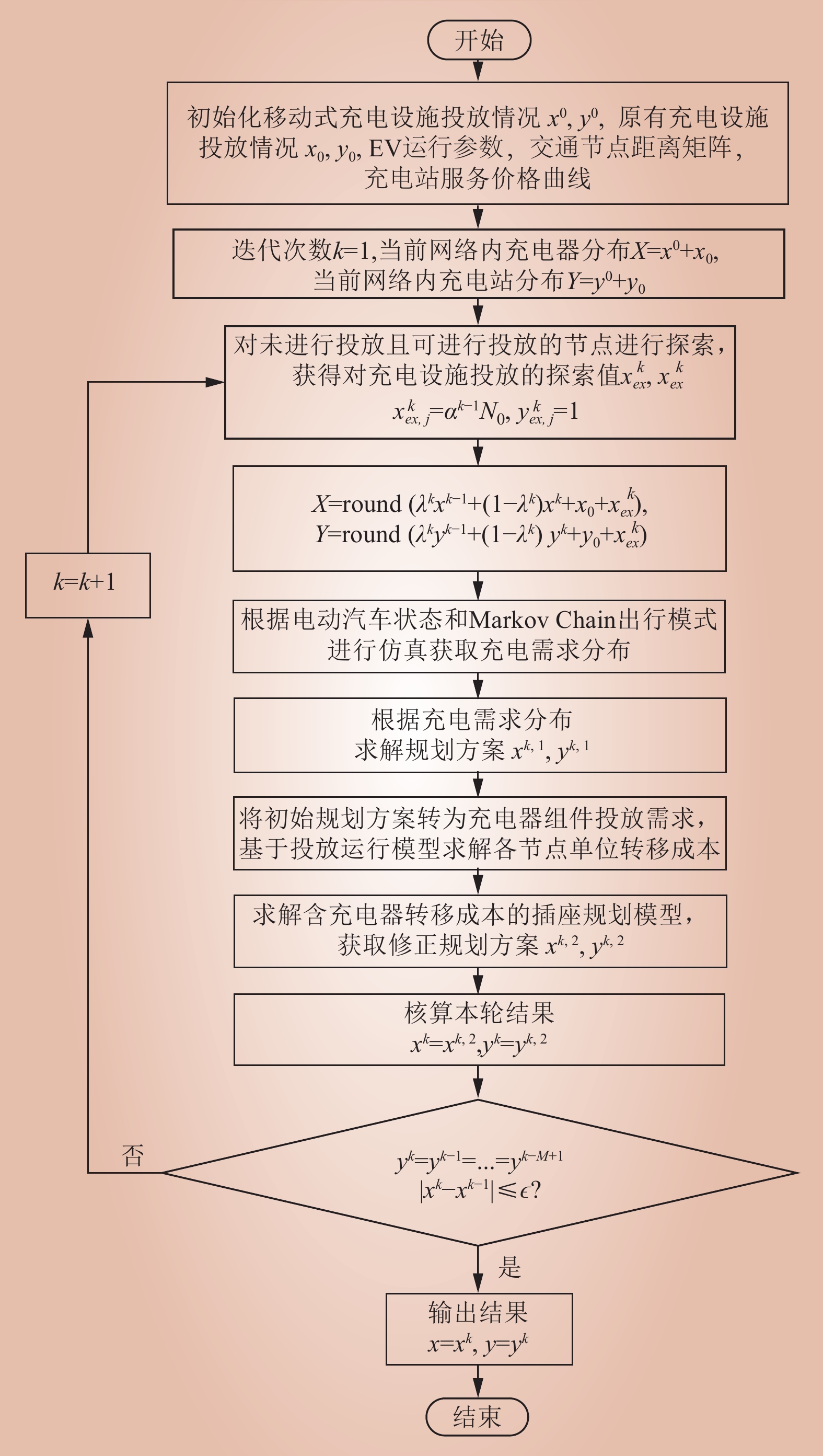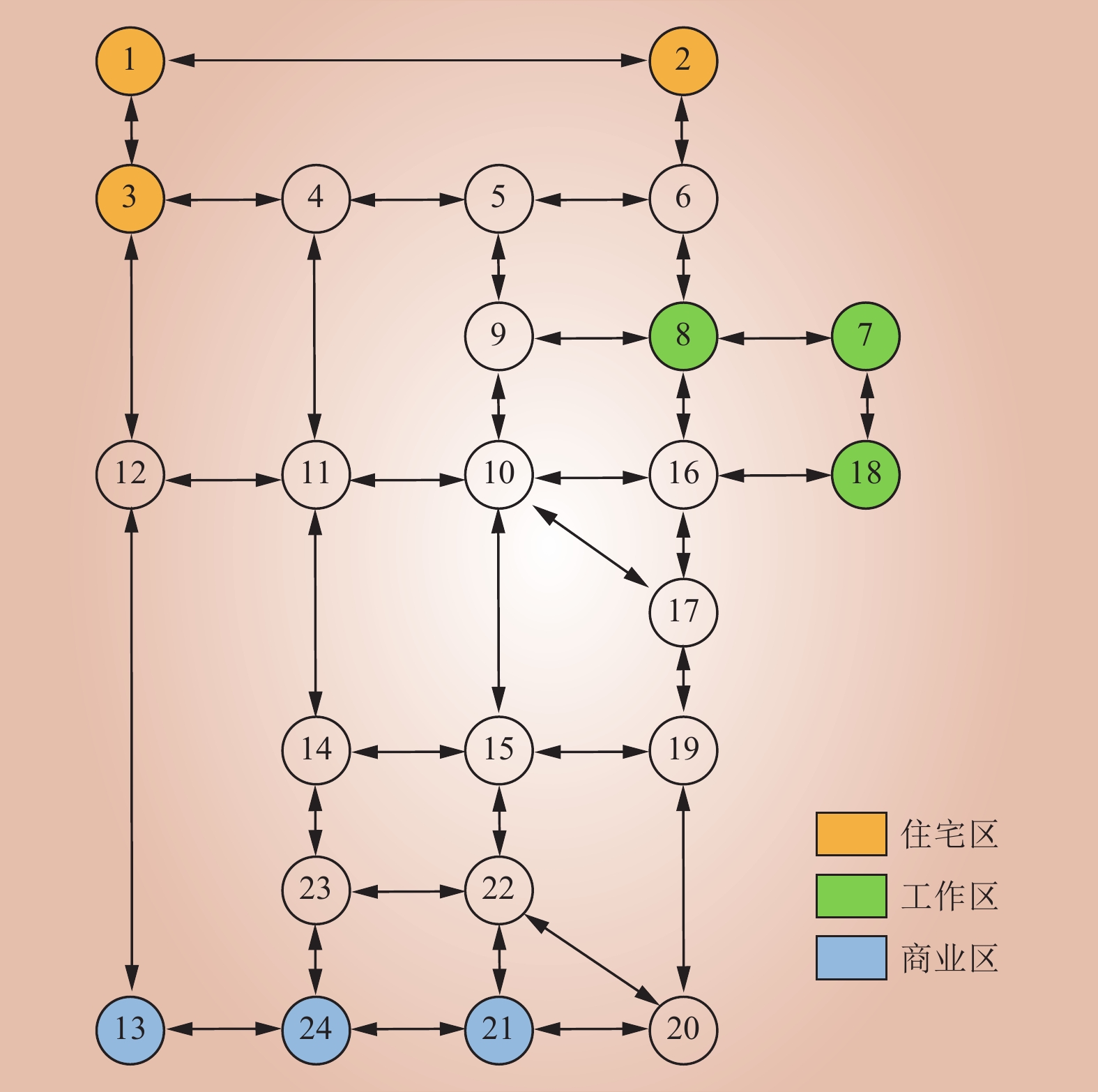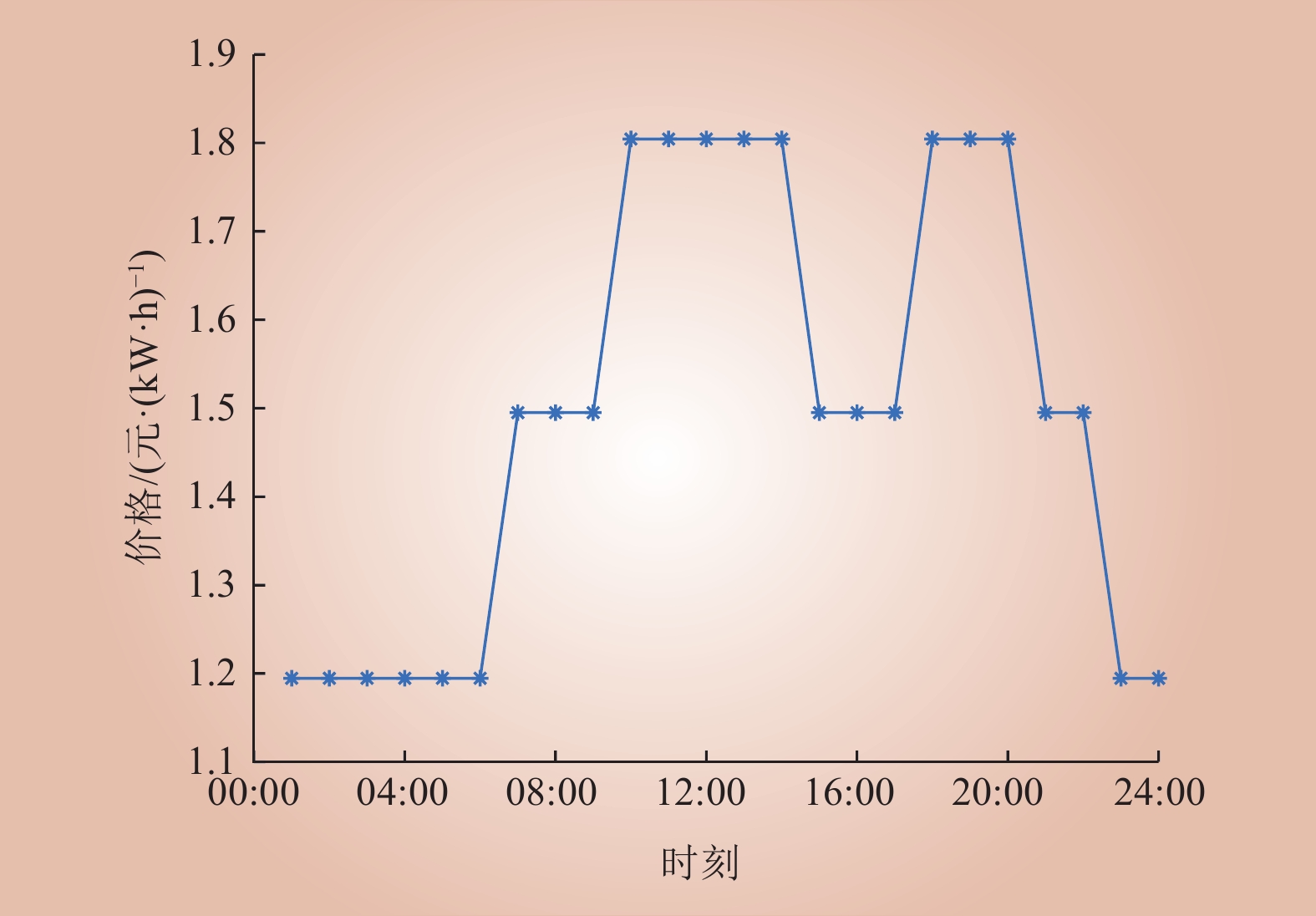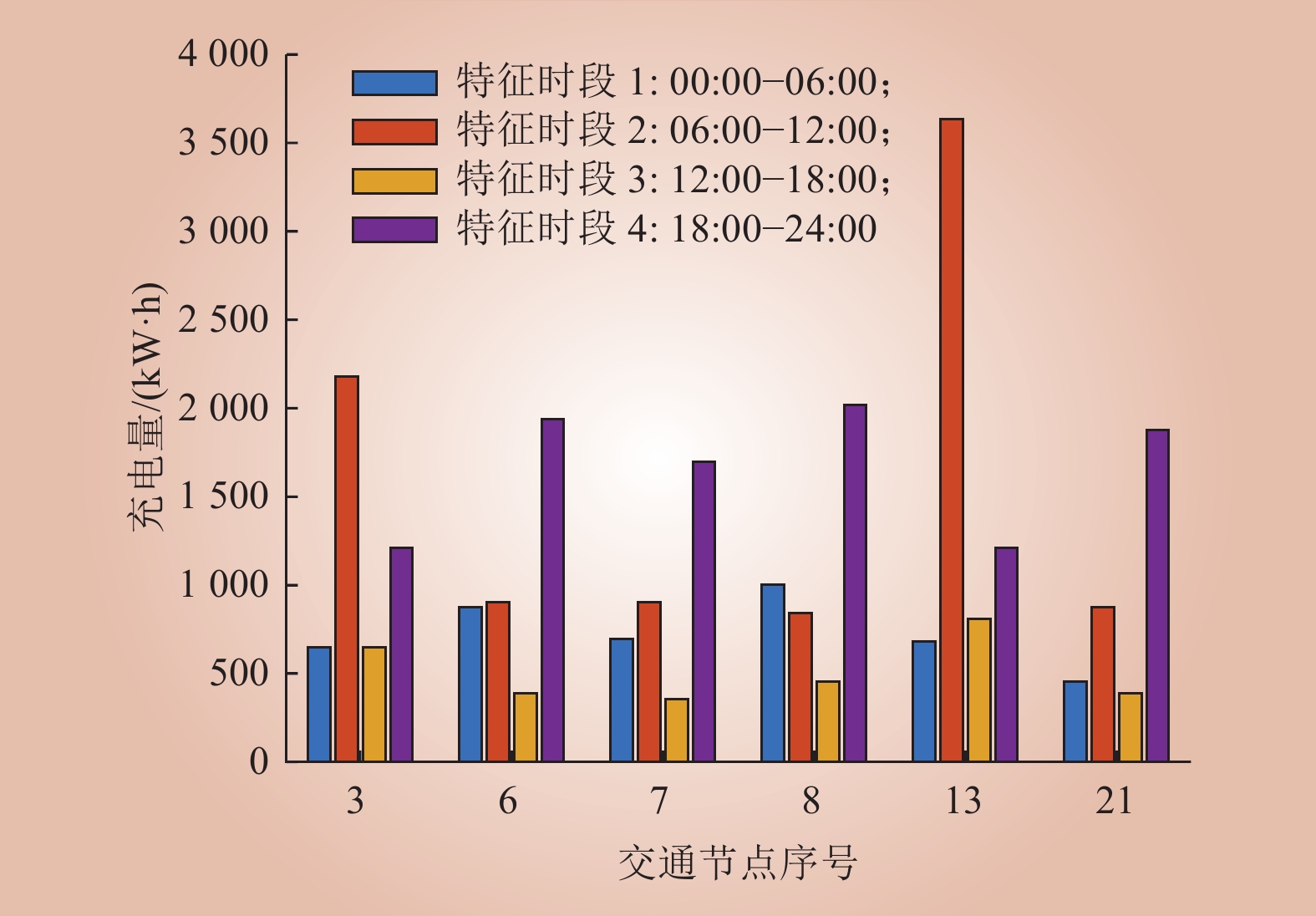| 1 |
新华社. 中共中央 国务院关于完整准确全面贯彻新发展理念做好碳达峰碳中和工作的意见[EB/OL]. (2021-10-25)[2024-12-25]. https://www.gov.cn/xinwen/2021-10/25/content_5644687.htm.
|
| 2 |
佩宁, 毛保华, 童瑞咏, 等. 我国交通运输行业及不同运输方式的碳排放水平和强度分析[J]. 气候变化研究进展, 2023, 19 (3): 347- 356.
|
|
TIAN Peining, MAO Baohua, TONG Ruiyong, ZHANG Hao-Xiang, ZHOU Qi. Analysis of carbon emission level and intensity of China's transportation industry and different transportation modes[J]. Climate Change Research, 2023, 19 (3): 347- 356.
|
| 3 |
胡泽春, 邵成成, 何方, 等. 电网与交通网耦合的设施规划与运行优化研究综述及展望[J]. 电力系统自动化, 2022, 46 (12): 3- 19.
DOI
|
|
HU Zechun, SHAO Chengcheng, HE Fang, et al. Review and prospect of research on facility planning and optimal operation for coupled power and transportation networks[J]. Automation of Electric Power Systems, 2022, 46 (12): 3- 19.
DOI
|
| 4 |
ESTEBAN B, SID-AHMED M, KAR N C. A comparative study of power supply architectures in wireless EV charging systems[J]. IEEE Transactions on Power Electronics, 2015, 30 (11): 6408- 6422.
DOI
|
| 5 |
蔡子龙, 束洪春, 单节杉. 考虑运营成本的电动公交车集群换电优化调度策略[J]. 电力系统自动化, 2022, 46 (17): 205- 217.
|
|
CAI Zilong, SHU Hongchun, SHAN Jieshan. Optimal Dispatching strategy for battery swapping of electric bus cluster considering operation cost[J]. Automation of Electric Power Systems, 2022, 46 (17): 205- 217.
|
| 6 |
AFSHAR S, MACEDO P, MOHAMED F, et al. Mobile charging stations for electric vehicles—a review[J]. Renewable and Sustainable Energy Reviews, 2021, 152, 111654.
DOI
|
| 7 |
Feng J, Hu Z, Duan X. ev fast charging station planning considering competition based on stochastic dynamic equilibrium[J]. IEEE Transactions on Industry Applications, 2023.
|
| 8 |
陈丽丹, 聂涌泉, 钟庆. 基于出行链的电动汽车充电负荷预测模型[J]. 电工技术学报, 2015, 30 (4): 216- 225.
DOI
|
|
CHEN Lidan, NIE Yongquan, ZHONG Qing. A Model for electric vehicle charging load forecasting based on trip chains[J]. Transactions of China Electrotechnical Society, 2015, 30 (4): 216- 225.
DOI
|
| 9 |
王海玲, 张美霞, 杨秀. 基于气温影响的电动汽车充电需求预测[J]. 电测与仪表, 2017, 54 (23): 123- 128.
|
|
WANG Hailing, ZHANG Meixia, YANG Xiu. Electric Vehicle Charging Demand Forecasting Based on Influence of Weather and Temperature[J]. Electrical Measurement & Instrumentation, 2017, 54 (23): 123- 128.
|
| 10 |
李宗华, 翟钧, 王贤军, 等. 基于使用行为的电动汽车驾驶员里程焦虑模型[J]. 汽车安全与节能学报, 2021, 12 (2): 226- 231.
DOI
|
|
LI Zonghua, ZHAI Jun, WANG Xianjun, et al. Electric vehicle driver's range anxiety model based on use behavior[J]. Journal of Automotive Safety and Eneergy, 2021, 12 (2): 226- 231.
DOI
|
| 11 |
李含玉, 杜兆斌, 陈丽丹, 等. 基于出行模拟的电动汽车充电负荷预测模型及V2G评估[J]. 电力系统自动化, 2019, 43 (21): 88- 96.
DOI
|
|
LI Hanyu, DU Zhaobin, CHEN Lidan, et al. Trip simulation based charging load forecasting model and vehicle-to-grid evaluation of electric vehicles[J]. Automation of Electric Power Systems, 2019, 43 (21): 88- 96.
DOI
|
| 12 |
IVERSEN E B, MOLLER J K, MORALES J M, et al. Inhomogeneous Markov models for describing driving patterns[J]. IEEE Transaction, Smart Grid, 2017, 8 (2): 581- 588.
|
| 13 |
DA LIO B, GUGLIELMI A V, BADIA L. Markov models for electric vehicles: the role of battery parameters and charging point frequency[C]//Proceedings of 20th IEEE International Workshop Computer Aided Modelling and Design of Communication Links and Networks, 2016: 207–210.
|
| 14 |
HE K, JIA H, MU Y, et al. Coordinated planning of fixed and mobile charging facilities for electric vehicles on highways[J]. IEEE Transactions on Intelligent Transportation Systems, 2023.
|
| 15 |
ZHANG Y, LIU X, WEI W, et al. Mobile charging: a novel charging system for electric vehicles in urban areas[J]. Applied Energy, 2020, 278, 115648.
DOI
|
| 16 |
MOGHADDAM V, AHMAD I, HABIBI D, et al. Dispatch management of portable charging stations in electric vehicle networks[J]. ETransportation, 2021, 8, 100112.
DOI
|
| 17 |
CUI S, ZHAO H, ZHANG C. Multiple types of plug-in charging facilities' location-routing problem with time windows for mobile charging vehicles[J]. Sustainability, 2018, 10 (8): 2855.
DOI
|
| 18 |
戚博硕. 电动汽车移动充电服务的一体化经济调度[D]. 天津: 天津大学, 2018.
|
|
QI Boshuo. Integrated economic dispatching on electric vehicle mobile charging service[D]. Tianjin: Tianjin University, 2018.
|
| 19 |
QURESHI U, GHOSH A, PANIGRAHI B K. Scheduling and routing of mobile charging stations with stochastic travel times to service heterogeneous spatiotemporal electric vehicle charging requests with time windows[J]. IEEE Transactions on Industry Applications, 2022, 58 (5): 6546- 6556.
DOI
|
| 20 |
JEON S, CHOI D H. Optimal energy management framework for truck-mounted mobile charging stations considering power distribution system operating conditions[J]. Sensors, 2021, 21 (8): 2798.
DOI
|
| 21 |
CHEN Q, LI K, LIU Z. Model and algorithm for an unpaired pickup and delivery vehicle routing problem with split loads[J]. Transportation Research Part E: Logistics and Transportation Review, 2014, 69: 218–235.
|



